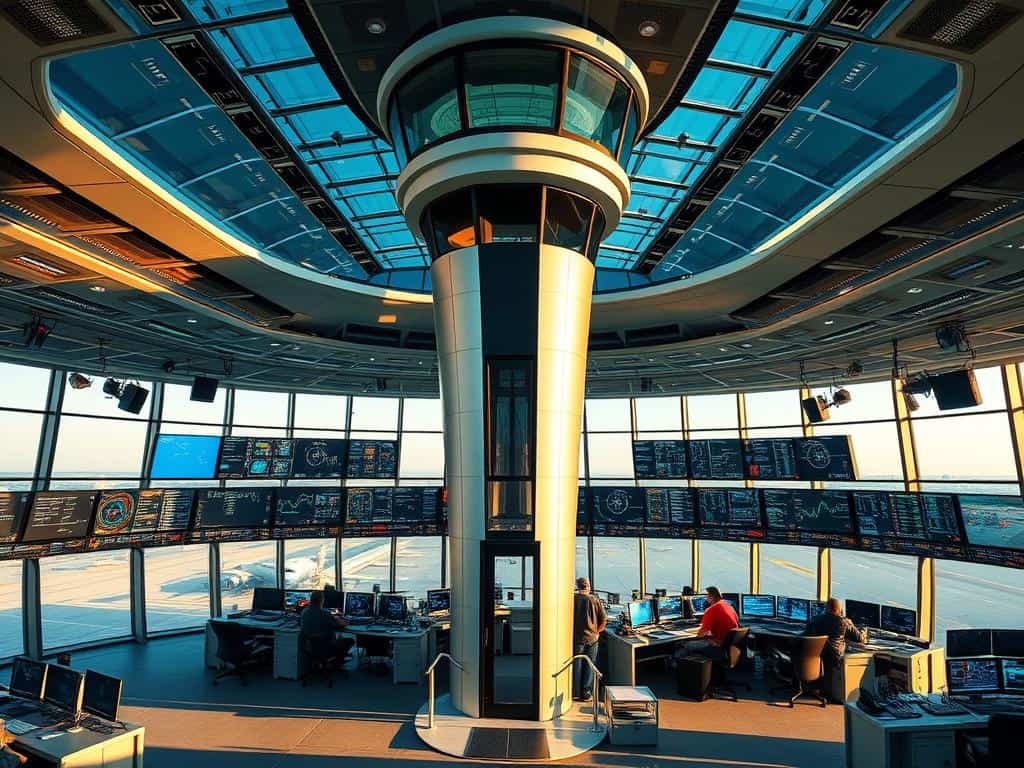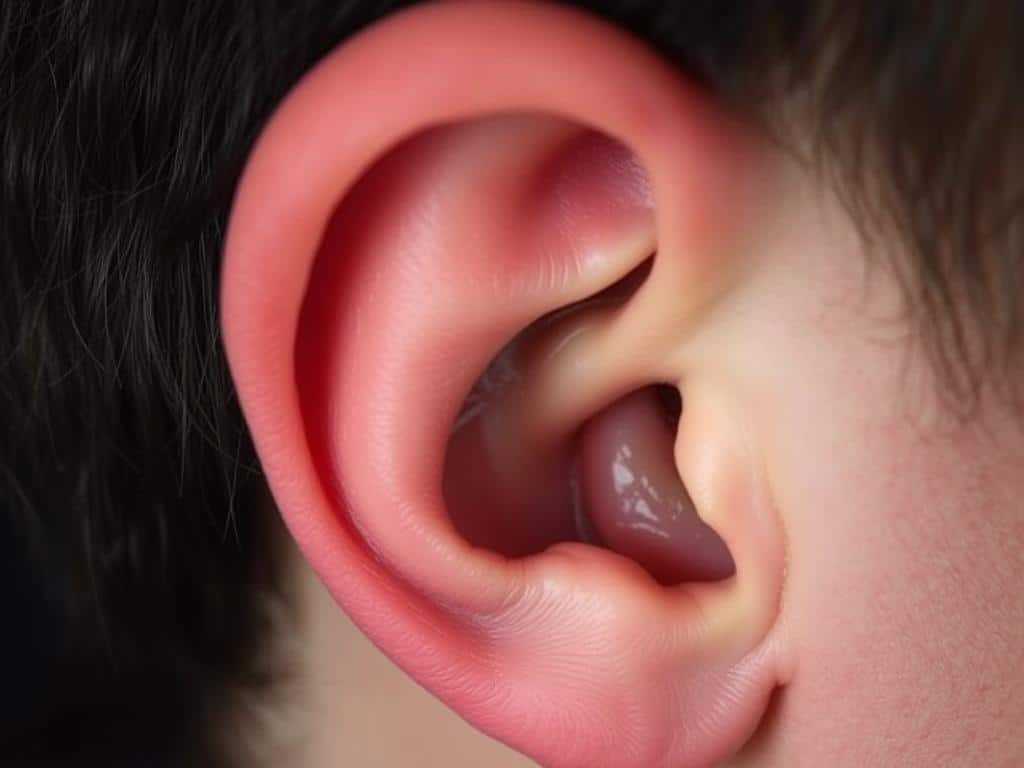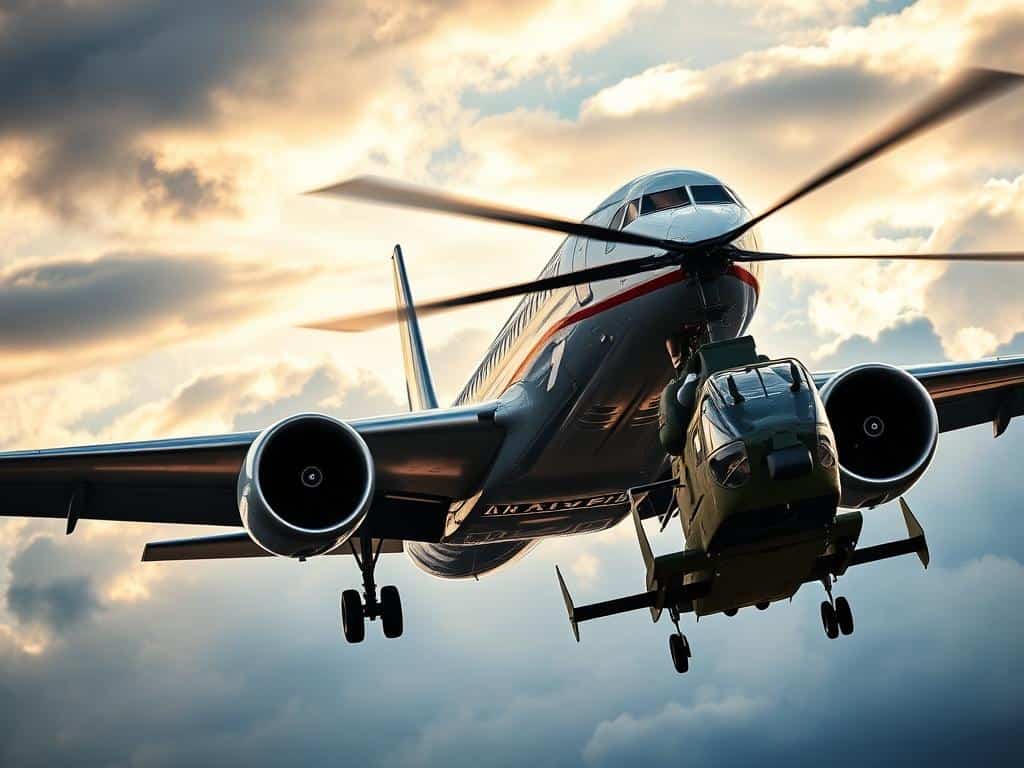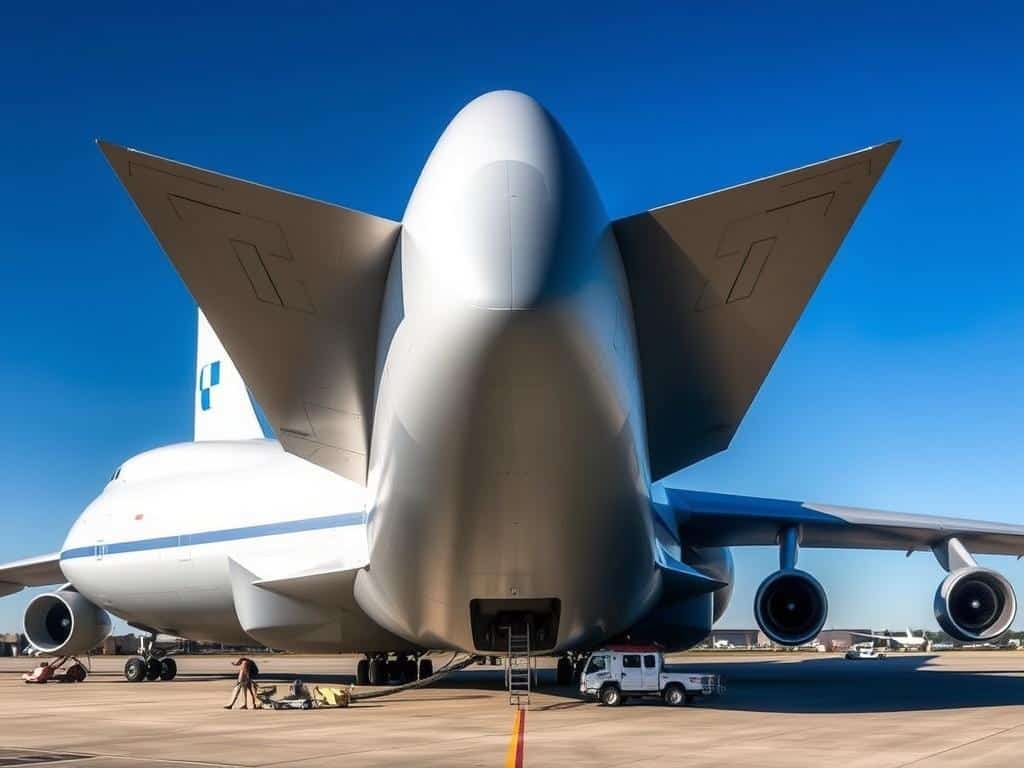Every day, I think about the huge responsibility air traffic controllers have. Imagine being in an airport control tower, surrounded by lots of activity. You’re responsible for keeping nearly 2 million aviation passengers safe. It’s not just a job; it’s a calling that requires constant focus and perfect coordination.
Controllers handle over 70,000 flights every day. They are part of a team of about 14,000 people. They work in high-stress environments where every decision is critical. Understanding air traffic control shows how technology, communication, and human skill come together to manage flights.
As we explore the important role of air traffic controllers, it’s clear why they’re vital. They keep our skies safe and efficient. The system that lets about 50,000 aircraft share U.S. airspace at once is a testament to their skills and commitment.
Key Takeaways
- Air traffic controllers ensure the safety of around 2 million passengers daily.
- They manage over 70,000 flights on a typical day in the United States.
- Approximately 14,000 individuals work as air traffic controllers in the U.S.
- Controllers operate in high-stress environments with zero margin for error.
- ATC is critical in keeping aircraft at safe distances during flights.
- Airport control towers are the heart of flight operations.
- Communication and coordination are key to avoiding collisions.
The Role of Air Traffic Controllers in Aviation
Air traffic control (ATC) is key to safe and efficient flying. It directs planes on the ground and in the air. This prevents crashes and keeps traffic moving smoothly.
Controllers need to know a lot about their job. They manage planes from takeoff to landing. This makes flying one of the safest ways to travel.
Understanding Air Traffic Control (ATC)
ATC has grown a lot, making flying safer. The first airport to use ATC was Croydon in 1920. Now, the U.S. has 21 zones with many sectors.
Controllers use radar and rules to watch flights. They handle both big planes and small ones. This keeps the skies organized.
The Daily Operations of Air Traffic Controllers
Controllers do a lot every day. They watch planes in real time. They use ground control for runway traffic and local control for takeoff and landing.
Each controller is good at different things. They check flight plans and weather. This keeps planes safe and on track.
Delays in the U.S. have gone up a lot. But controllers work hard to keep things running smoothly.
Importance of Communication and Coordination
Good communication is very important for controllers. They talk to pilots by radio. This is key for safe flying.
When controllers switch roles, they use a special strip. It has important flight info. This helps everyone work together better.
By talking well, controllers avoid mistakes. This makes flying safer and more efficient.
Airport Control Towers: The Nerve Center for Flights
Control Towers are key in airport operations, acting as the main hub for air traffic management. They oversee aircraft during takeoff, landing, and taxiing, ensuring safety and efficiency. Controllers must make quick decisions while following strict rules for flight clearance.
Functions of Control Towers
Control Towers direct aircraft within a certain area around an airport. This area can be from 3 to 30 miles. They use advanced radar and tools to track aircraft, ensuring safe landings and departures. Continuous communication with pilots is critical, as controllers give instructions for safe movement.
Ground Controllers vs. Local Controllers
Ground Controllers handle aircraft on the ground, giving taxiing instructions and overseeing surface operations. They ensure aircraft do not collide during their movements. Local Controllers manage aircraft in the airspace above the airport, giving final clearance for takeoffs and guiding flights to land safely.
Technology and Tools Used in Control Towers
Modern technology boosts the effectiveness of Control Towers. Radar systems track aircraft, and software like the Traffic Management Advisor (TMA) helps organize flight patterns. Tools like Automatic Dependent Surveillance-Broadcast (ADS-B) provide satellite data, improving situational awareness. These technologies help controllers ensure safety and efficiency in air traffic management.

The Journey of Aircraft Through Airspace
The journey of an aircraft through the air is complex. It involves different phases, each managed for safety and efficiency. Before flying, pilots prepare thoroughly, including filing a detailed flight plan.
From Takeoff to Landing: A Step-by-Step Overview
After taking off, pilots turn on their transponder to send flight data. Controllers keep aircraft safe by managing traffic in the TRACON area, up to 50 miles from the airport. As the flight moves on, ARTCC controllers guide it through different sectors.
When the plane is near its destination, controllers start directing its descent. They merge it with other planes, creating a single line for landing.
The Role of TRACON in Flight Management
TRACON facilities are key in managing flights, mainly during takeoff and landing. They oversee the airspace around major airports, up to 30 to 50 miles away. They use advanced radar to track planes and guide them during climb and descent.
This careful management is vital. It allows many planes to safely move through terminal control zones. This makes air traffic flow smooth and organized.
Conclusion
The world of air traffic control is very complex. It needs careful planning to manage about 45,000 flights every day in U.S. skies. Airport Control Towers, TRACON facilities, and ARTCCs work together to make flying safer.
Each controller watches over a huge area of about 2,000 square miles. They make sure planes are far enough apart to avoid crashes.
As more flights take to the skies, air traffic control needs to work better. Controllers face a lot of pressure, handling up to 60 planes an hour. They make quick decisions, often in just one minute, to keep everyone safe.
They also get better training and new tools for their job. This shows the aviation world is ready to meet the growing needs of air travel.
In short, air traffic controllers are key to safe air travel. With new tech and better facilities, air travel will keep getting safer and more efficient.



